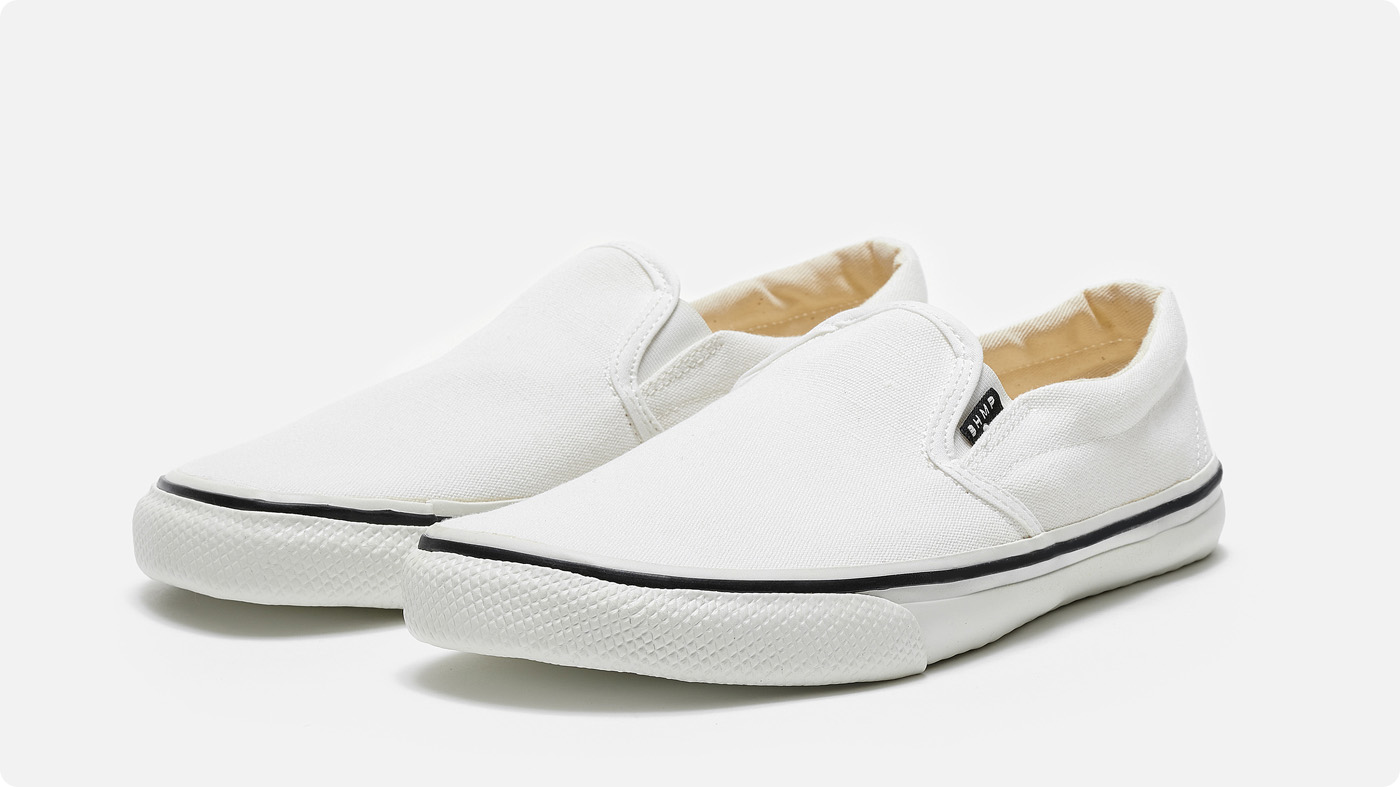Barefoot shoes and women's health

Pregnancy is both a beautiful and challenging time, especially the third trimester, when almost every woman struggles with swollen feet, back pain, and difficulty breathing. One way to ease these problems is wearing barefoot shoes. This footwear, however, can also benefit women's health throughout their lives. How? Let's take a look.
Women's health and wearing barefoot shoes: why is this footwear beneficial not only during pregnancy?
With conventional footwear, it’s the foot that has to adapt to the shoe and not the other way around. This makes our feet cramped, deformed, and sometimes even blistered. That’s why it is recommended to wear a shoe with a wider toe box that allows enough room for the natural movement of the toes and respects the natural shape of the foot.
The feet of pregnant women need even more space. In fact, during pregnancy, the foot gradually becomes larger due to the increased weight of the body. The foot arch gets lower and flatter, and the foot becomes wider and longer. Added to the swelling, it is obvious that pregnant women appreciate comfort over trends.
 Slip-on barefoot shoes are not just comfortable but are also easy to put on.
Slip-on barefoot shoes are not just comfortable but are also easy to put on.
The right footwear = gain for the whole body ❤️
Wearing shoes that don’t support the natural shape of our feet often takes away the stability of our feet. If our toes are cramped in the shoe and the foot is constricted or even deformed, the whole body suffers. For example, the pelvis, shoulders, and chest drop and shift towards the stomach. Wearing barefoot shoes, however, gives the toes the space they need, activates the muscles, distributes our overall weight properly and the whole body naturally straightens.
A stable and confident walk
During pregnancy, women's centre of gravity, walking style and, due to the growing belly, the view on their feet change. Because of this, it can sometimes be difficult to maintain proper balance and stability. In addition, during this period, the body produces the hormone relaxin, which causes the musculoskeletal system to relax. Including the ankles, which may appear a little 'loose'. That's why comfortable shoes and confidence with every step during pregnancy are really important. And not just there.
If you wear the wrong shoes, for example with a thick, hard sole, you are depriving yourself of contact with the surface. That's why even a small pebble you step on can literally throw off your balance. When wearing barefoot shoes with thin, ideally non-slip soles, you feel the terrain more accurately and sensitively. This will improve your posture and strengthen your muscles.

Barefoot shoes can also trendy. For example our models.
Healthy pelvic floor
So, what is the pelvic floor? It’s a group of muscles and bowl-shaped tissues in our pelvis that supports the organs in the abdomen, including the bladder and uterus. That's why all women should really be aware of pelvic floor health. In fact, if our pelvic floor is too tight or there is any blockage there, it can cause painful periods or intercourse. A healthy pelvic floor then increases the possibility of getting pregnant and eases labour pains as well.
We cause the most tension and blockages in the pelvic floor by wearing high-heeled shoes. Heels tend to shift the centre of gravity of the body, which leads to a change in the position of the pelvis and overloading the pelvic floor muscles and tissues.
How to tell which shoes are not good for you
You may be thinking that you have a lot of comfortable shoes (like sneakers, ballet flats or flip-flops) that have flat soles and walking in them is no problem. Try taking a closer look at them, or your feet after walking in these shoes. The right shoes should not give you pressure marks anywhere, and certainly not blisters. The most critical areas are the toes, the heels, the Achilles tendon, and in the case of ballet flats, their cut-out. An interesting test could be a small experiment where you walk in barefoot shoes for one week and then try on your regular shoes. How does it feel?

Shoes that are least suitable for our feet:
- High platforms - These shoes make us lose natural contact with the surface. Even a slight bump on the surface can throw us off balance, cause us to fall or even injure ourselves. No wonder these shoes have been declared the most dangerous (in terms of injuries caused while walking).
- Shoes with a narrow toe-box - A narrow toe-box deforms the natural shape of the foot and puts the foot in an uncomfortable hold. The result is not only blisters but possibly back pain, headaches and other discomforts.
- Heeled shoes - Very popular among women, but they don't make our feet that happy. High-heeled shoes put our feet in a very unnatural position, and just like narrow toe-box shoes, they have a rather negative effect not only on our musculoskeletal system.
- Flip-flops - Ideal for going to the beach, but you shouldn't wear flip-flops as everyday shoes. Why? Wearing them can cause ankle and back pain. According to several studies, people change the natural rhythm of their gait when wearing flip-flops. They grip the part that holds the shoe on the foot with their toes, so when worn for longer periods of time, flip-flops get really uncomfortable.
We're not saying that you automatically have to throw out all the shoes you've worn up until now, but the ones mentioned above should definitely not be an everyday part of your outfits and should be worn rather occasionally.
Try getting one pair of barefoot shoes and see what your feet have to say about the change. For the spring season, for instance, we have a great pair here.




















